Home>Renovation & DIY>Home Renovation Guides>How To Close Vents In Crawl Space
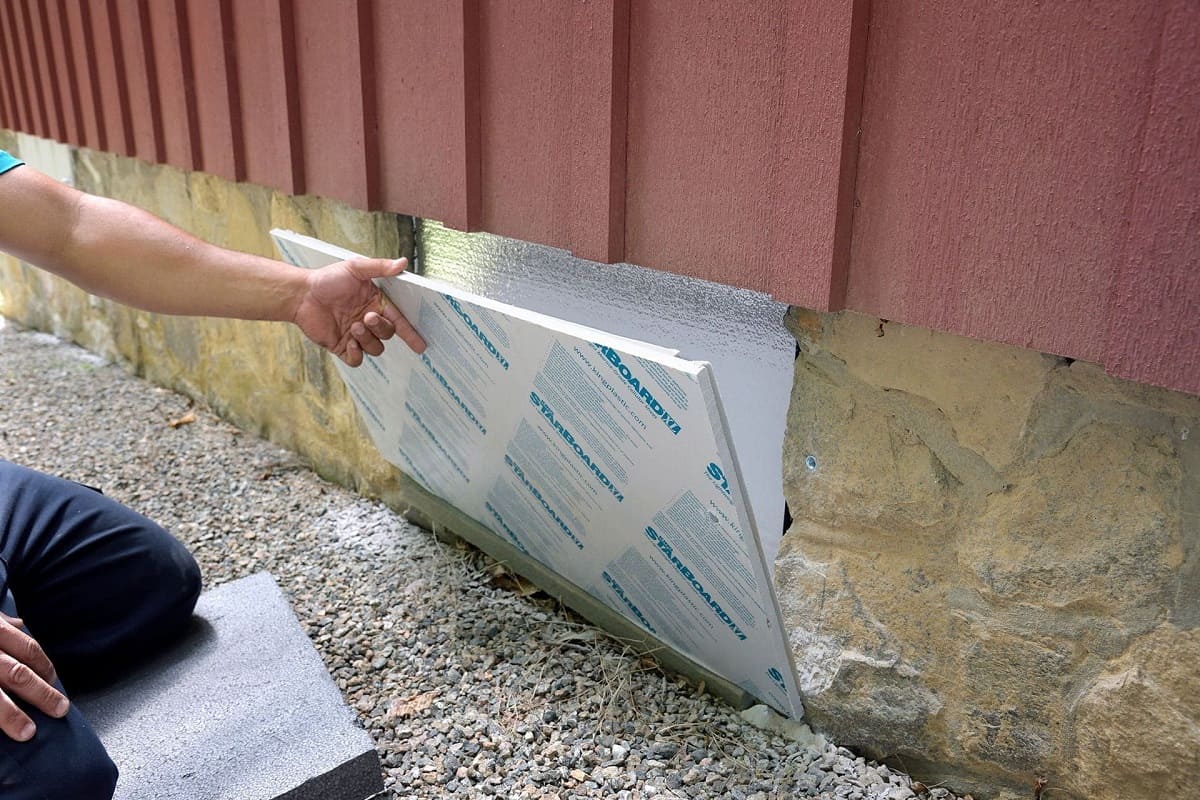

Home Renovation Guides
How To Close Vents In Crawl Space
Modified: February 29, 2024
Learn the best methods for closing vents in your crawl space with our home renovation guide. Improve your home's energy efficiency and prevent moisture issues.
(Many of the links in this article redirect to a specific reviewed product. Your purchase of these products through affiliate links helps to generate commission for Storables.com, at no extra cost. Learn more)
Introduction
Closing vents in a crawl space is a crucial aspect of home maintenance that often goes overlooked. The crawl space, though often neglected, plays a significant role in the overall health and stability of a home. By understanding the reasons for closing vents in the crawl space, the necessary tools and materials, the steps involved, and the benefits and potential issues, homeowners can make informed decisions to protect their homes and ensure long-term structural integrity.
The decision to close vents in the crawl space is not arbitrary; it is rooted in the understanding of how this space functions within the home's ecosystem. By delving into the intricacies of crawl space ventilation, homeowners can gain a deeper appreciation for the impact it has on their living environment. This article aims to provide a comprehensive guide to help homeowners navigate the process of closing vents in their crawl spaces effectively.
Understanding the significance of this undertaking is the first step towards ensuring a well-maintained and healthy home. With the right knowledge and approach, homeowners can take proactive measures to safeguard their property against potential issues that may arise from an improperly ventilated crawl space. This guide will equip homeowners with the necessary insights to make informed decisions and take appropriate actions to maintain their crawl spaces effectively.
Key Takeaways:
- Closing vents in the crawl space helps control moisture, save energy, and protect the home from pests, leading to a healthier and more comfortable living environment.
- Before closing vents, homeowners should consider potential issues like radon levels, HVAC impact, building codes, and moisture management to ensure a well-informed approach to crawl space maintenance.
Read more: What To Use To Cover Crawl Space Vents
Reasons for Closing Vents in Crawl Space
Closing vents in a crawl space is a decision rooted in a deep understanding of the dynamics at play within this often overlooked area of a home. There are several compelling reasons to consider this course of action, each of which contributes to the overall health and stability of the home.
-
Moisture Control: One of the primary reasons for closing vents in a crawl space is to control moisture levels. Open vents allow humid outdoor air to enter the crawl space, leading to condensation and elevated moisture levels. This excess moisture can promote mold growth, wood rot, and attract pests, ultimately compromising the structural integrity of the home.
-
Energy Efficiency: Closing vents in the crawl space can contribute to improved energy efficiency. In regions with hot and humid climates, the introduction of warm, moist air through open vents can cause the air conditioning system to work harder to maintain a comfortable indoor temperature. By sealing the vents, homeowners can reduce the load on their HVAC systems, leading to potential energy savings.
-
Temperature Regulation: Closed vents help in regulating the temperature within the crawl space. In colder climates, open vents can lead to freezing pipes and cold floors, while in warmer climates, they can result in excessive heat buildup. By closing the vents, homeowners can create a more stable and moderate environment within the crawl space.
-
Pest Prevention: Open vents provide easy access for pests such as rodents, insects, and other critters to enter the crawl space. By sealing off these entry points, homeowners can effectively deter pests from infiltrating the home, reducing the risk of infestations and damage to the property.
-
Improved Air Quality: Closing vents in the crawl space can contribute to improved indoor air quality. By preventing the entry of outdoor pollutants and allergens, homeowners can create a cleaner and healthier living environment for themselves and their families.
-
Structural Protection: By closing vents, homeowners can protect the structural integrity of their homes. Excessive moisture and temperature fluctuations can compromise the foundation, wooden beams, and other structural elements. Sealing the vents helps to mitigate these risks, ensuring the long-term stability of the home.
Understanding these compelling reasons for closing vents in the crawl space empowers homeowners to make informed decisions about the maintenance and care of their homes. By addressing these key factors, homeowners can take proactive steps to create a healthier, more energy-efficient, and structurally sound living environment.
Tools and Materials Needed
When embarking on the task of closing vents in a crawl space, it is essential to gather the necessary tools and materials to ensure a smooth and effective process. Here's a comprehensive list of items required to undertake this home maintenance project:
Tools:
- Safety Gear: Prioritize safety by wearing protective gear, including gloves, safety goggles, and a dust mask, to shield yourself from potential hazards such as dust, debris, and insulation materials.
- Flashlight: A reliable flashlight is essential for illuminating the dark and often cramped crawl space, allowing for better visibility during the vent-closing process.
- Utility Knife: A sharp utility knife will be indispensable for cutting and trimming insulation materials and sealing products.
- Caulk Gun: This tool is necessary for applying sealant or caulk to effectively seal off vents and gaps in the crawl space.
- Screwdriver or Drill: Depending on the type of fasteners used to secure the vents, a screwdriver or drill will be needed to remove screws or fasteners before sealing the vents.
- Measuring Tape: Accurate measurements are crucial for cutting insulation materials and ensuring a precise fit when sealing off vents.
- Insulation Materials: Depending on the specific requirements of the crawl space, insulation materials such as rigid foam board, fiberglass batts, or spray foam may be needed to insulate and seal the vents effectively.
Materials:
- Sealant or Caulk: Choose a high-quality sealant or caulk suitable for the crawl space environment to seal off vents, gaps, and cracks effectively.
- Insulation Board or Batts: Select appropriate insulation materials to cover and seal the vents, providing thermal and moisture control benefits.
- Fasteners: Depending on the chosen insulation materials, fasteners such as screws, nails, or adhesive may be required to secure the insulation in place.
- Vent Covers or Sealing Kits: Invest in vent covers or specialized sealing kits designed for crawl space vents to ensure a secure and airtight closure.
- Duct Tape: A versatile and handy material for temporarily securing insulation and sealing off small gaps or seams during the vent-closing process.
By assembling these essential tools and materials, homeowners can approach the task of closing vents in the crawl space with confidence and efficiency. This comprehensive list ensures that all necessary items are readily available, facilitating a seamless and effective vent-closing process.
Read more: When Should You Open Crawl Space Vents
Steps to Close Vents in Crawl Space
Closing vents in a crawl space is a methodical process that requires attention to detail and a systematic approach. By following these essential steps, homeowners can effectively seal off the vents, creating a controlled and insulated environment within the crawl space.
-
Assess the Crawl Space: Begin by conducting a thorough assessment of the crawl space to identify the location and condition of the existing vents. Take note of any signs of moisture, damage, or pest activity in the vicinity of the vents, as addressing these issues may be necessary before proceeding with the closure.
-
Prepare the Work Area: Clear the area around the vents, removing any debris, obstructions, or stored items that may impede access. Ensure adequate lighting and ventilation within the crawl space to facilitate the vent-closing process.
-
Remove Existing Vent Covers: If the crawl space vents are equipped with covers or grilles, carefully remove these components using the appropriate tools, such as a screwdriver or drill. Set aside the removed covers for potential reuse or replacement.
-
Seal the Vents: Apply a high-quality sealant or caulk around the perimeter of the vent openings, ensuring a tight and secure seal. Pay close attention to any gaps, cracks, or seams surrounding the vents, as these areas require thorough sealing to prevent air and moisture infiltration.
-
Install Insulation Materials: Cut and fit insulation materials, such as rigid foam board or fiberglass batts, to cover the sealed vents effectively. Secure the insulation in place using appropriate fasteners, ensuring a snug and uniform coverage over the vent openings.
-
Address Additional Openings: In some cases, the crawl space may have additional openings, such as access doors or windows, that require attention. Seal these openings using the same meticulous approach, employing insulation materials and sealant to create a cohesive barrier against external elements.
-
Monitor and Test: After closing off the vents and additional openings, monitor the crawl space for any signs of moisture accumulation, temperature fluctuations, or air leakage. Conduct a thorough inspection to ensure that the closure is effective in creating a controlled and insulated environment within the crawl space.
By following these steps, homeowners can confidently navigate the process of closing vents in the crawl space, effectively mitigating moisture issues, improving energy efficiency, and safeguarding the structural integrity of their homes. This proactive approach to crawl space maintenance contributes to a healthier and more resilient living environment for homeowners and their families.
Benefits of Closing Vents in Crawl Space
Closing vents in a crawl space offers a myriad of benefits that directly contribute to the overall health, stability, and efficiency of a home. By taking proactive measures to seal off these openings, homeowners can experience significant improvements in various aspects of their living environment.
Moisture Control and Mold Prevention
One of the most notable benefits of closing vents in the crawl space is the enhanced control of moisture levels. Open vents allow humid outdoor air to infiltrate the crawl space, leading to condensation and elevated moisture levels. By sealing off these openings, homeowners can effectively mitigate the risk of moisture-related issues such as mold growth, wood rot, and structural damage. This proactive approach to moisture control contributes to a healthier and more resilient home environment.
Energy Efficiency and Cost Savings
Closing vents in the crawl space can lead to improved energy efficiency, particularly in regions with hot and humid climates. Open vents allow warm, moist air to enter the crawl space, causing the air conditioning system to work harder to maintain a comfortable indoor temperature. By sealing the vents, homeowners can reduce the load on their HVAC systems, potentially leading to energy savings and lower utility costs over time.
Read more: How To Close Ceiling Vents
Enhanced Indoor Comfort
Sealed crawl spaces contribute to improved indoor comfort by regulating temperature fluctuations and creating a more stable environment within the home. In colder climates, closed vents help prevent freezing pipes and cold floors, while in warmer climates, they reduce excessive heat buildup. This results in a more consistent and comfortable living space for homeowners and their families.
Pest Prevention and Improved Air Quality
Closed vents act as a barrier against pests such as rodents, insects, and other critters that may infiltrate the crawl space. By sealing off these entry points, homeowners can effectively deter pests, reducing the risk of infestations and property damage. Additionally, closing vents contributes to improved indoor air quality by preventing the entry of outdoor pollutants and allergens, creating a cleaner and healthier living environment.
Structural Protection and Long-Term Stability
Sealing off vents in the crawl space helps protect the structural integrity of the home. By mitigating moisture infiltration and temperature fluctuations, homeowners can safeguard the foundation, wooden beams, and other structural elements from potential damage. This proactive measure contributes to the long-term stability and resilience of the home, ensuring a secure living environment for years to come.
By recognizing and embracing these benefits, homeowners can make informed decisions to close vents in their crawl spaces, ultimately enhancing the overall quality and sustainability of their living environment. This proactive approach to home maintenance empowers homeowners to create a healthier, more energy-efficient, and structurally sound dwelling for themselves and their families.
Potential Issues to Consider
While the decision to close vents in the crawl space offers numerous benefits, it is essential for homeowners to consider potential issues that may arise from this undertaking. By acknowledging these factors, homeowners can make informed decisions and take proactive measures to address any challenges that may accompany the closure of crawl space vents.
Read more: How To Close Vents In Basement
Increased Radon Levels
Closing vents in the crawl space can potentially lead to elevated radon levels within the home. Radon, a naturally occurring radioactive gas, can seep into the home through the soil and foundation. In a well-ventilated crawl space, radon gas is typically dispersed outdoors, reducing the risk of indoor accumulation. However, sealing off vents may trap radon gas indoors, necessitating the implementation of radon mitigation measures to ensure a safe living environment.
HVAC System Impact
The closure of vents in the crawl space can impact the operation of the home's heating, ventilation, and air conditioning (HVAC) system. In some cases, the HVAC system may draw air from the crawl space, especially if it is located in close proximity. Sealing off vents can alter the airflow dynamics, potentially affecting the system's performance and efficiency. Homeowners should consider consulting HVAC professionals to assess and address any potential implications on the HVAC system.
Building Code Compliance
Before closing vents in the crawl space, homeowners should familiarize themselves with local building codes and regulations. Some jurisdictions may have specific requirements regarding crawl space ventilation, and altering the ventilation system may necessitate compliance with relevant building codes. It is advisable to consult with local authorities or building professionals to ensure that the closure of vents aligns with applicable regulations.
Moisture Management
While closing vents can help control moisture levels, it is crucial to address existing moisture issues within the crawl space before sealing off the vents. Moisture accumulation, water intrusion, or plumbing leaks must be remedied to prevent potential moisture-related problems, such as mold growth and structural damage. Additionally, homeowners should consider implementing moisture management strategies, such as proper drainage and vapor barriers, to maintain a dry and healthy crawl space environment.
Read more: How To Close Air Conditioning Vents
Professional Assessment
Given the potential implications of closing vents in the crawl space, homeowners may benefit from seeking professional assessments and guidance. Qualified home inspectors, structural engineers, or crawl space specialists can provide valuable insights into the specific conditions of the crawl space and offer recommendations for effective vent closure while mitigating potential issues.
By acknowledging these potential issues and taking proactive steps to address them, homeowners can navigate the process of closing vents in the crawl space with confidence and foresight. Understanding the complexities and considerations associated with this undertaking empowers homeowners to make informed decisions that contribute to the long-term health, stability, and efficiency of their homes.
Conclusion
In conclusion, the decision to close vents in the crawl space is a significant step towards ensuring the overall health, stability, and efficiency of a home. By understanding the compelling reasons for vent closure, gathering the necessary tools and materials, following a systematic approach, and acknowledging the potential benefits and issues, homeowners can make informed decisions to maintain a well-regulated and resilient living environment.
The process of closing vents in the crawl space addresses critical aspects of home maintenance, including moisture control, energy efficiency, temperature regulation, pest prevention, and structural protection. By mitigating moisture infiltration, homeowners can safeguard their homes against mold growth, wood rot, and potential structural damage. Additionally, the closure of vents contributes to improved energy efficiency, enhanced indoor comfort, and better air quality, creating a healthier and more sustainable living environment for homeowners and their families.
While the benefits of closing vents are compelling, it is essential for homeowners to consider potential issues such as radon levels, HVAC system impact, building code compliance, and moisture management. By acknowledging these factors and seeking professional guidance where necessary, homeowners can navigate the vent-closing process with foresight and confidence, addressing potential challenges and ensuring a well-informed approach to crawl space maintenance.
Ultimately, the proactive decision to close vents in the crawl space reflects a commitment to the long-term health and resilience of the home. By embracing this essential aspect of home maintenance, homeowners can create a controlled, insulated, and structurally sound living environment, contributing to their well-being and the longevity of their property.
In essence, the closure of vents in the crawl space represents a proactive investment in the home's future, fostering a sense of security, comfort, and sustainability. By recognizing the significance of this undertaking and approaching it with diligence and informed decision-making, homeowners can take meaningful steps towards maintaining a healthy and resilient living environment for years to come.
Frequently Asked Questions about How To Close Vents In Crawl Space
Was this page helpful?
At Storables.com, we guarantee accurate and reliable information. Our content, validated by Expert Board Contributors, is crafted following stringent Editorial Policies. We're committed to providing you with well-researched, expert-backed insights for all your informational needs.
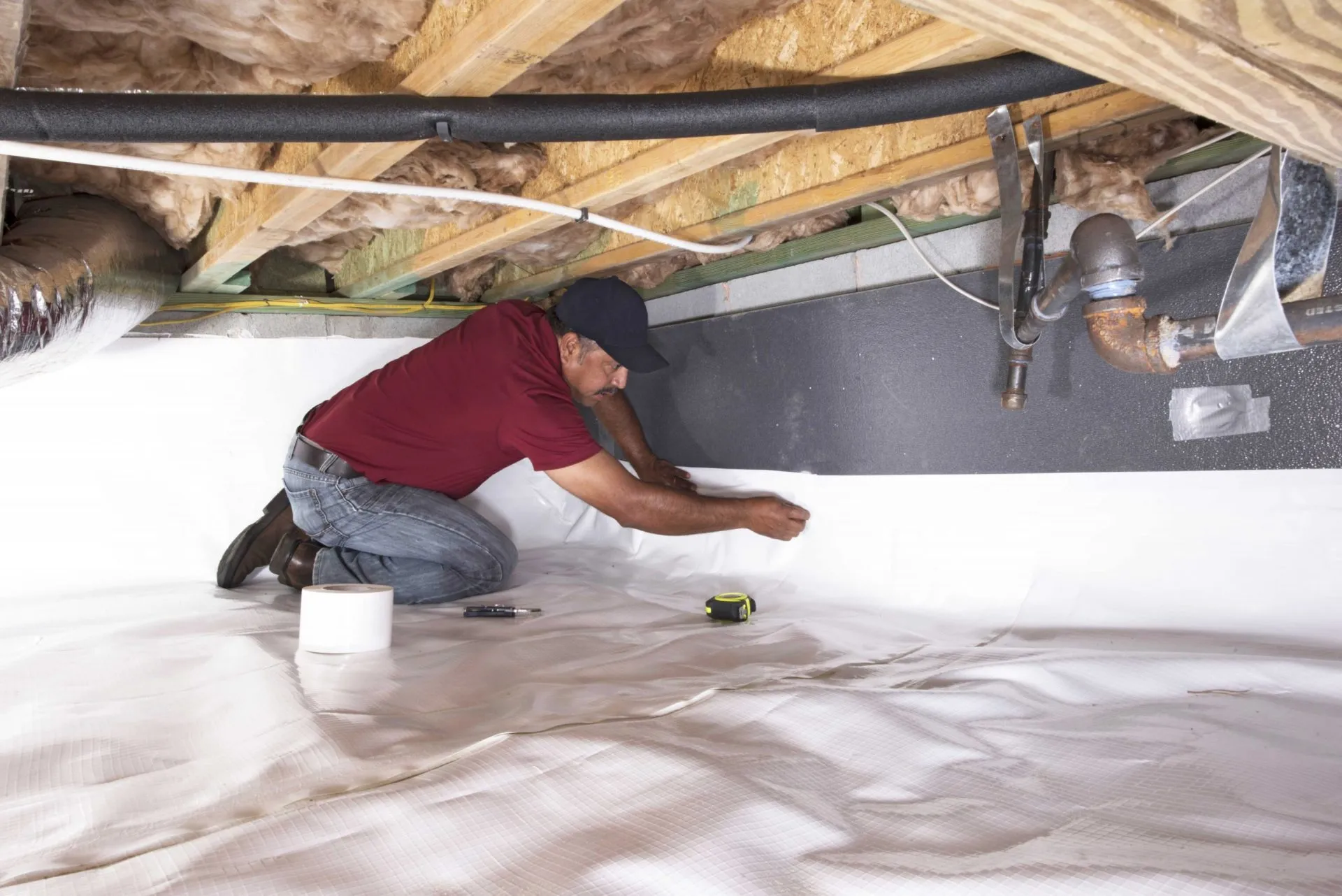
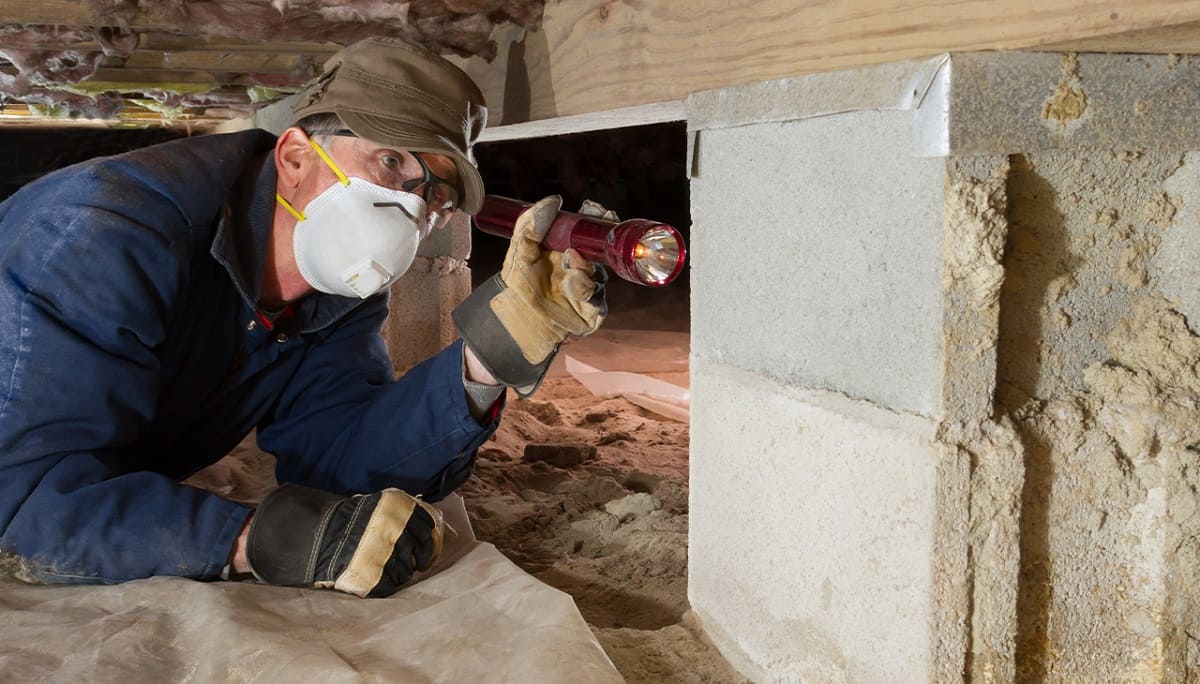
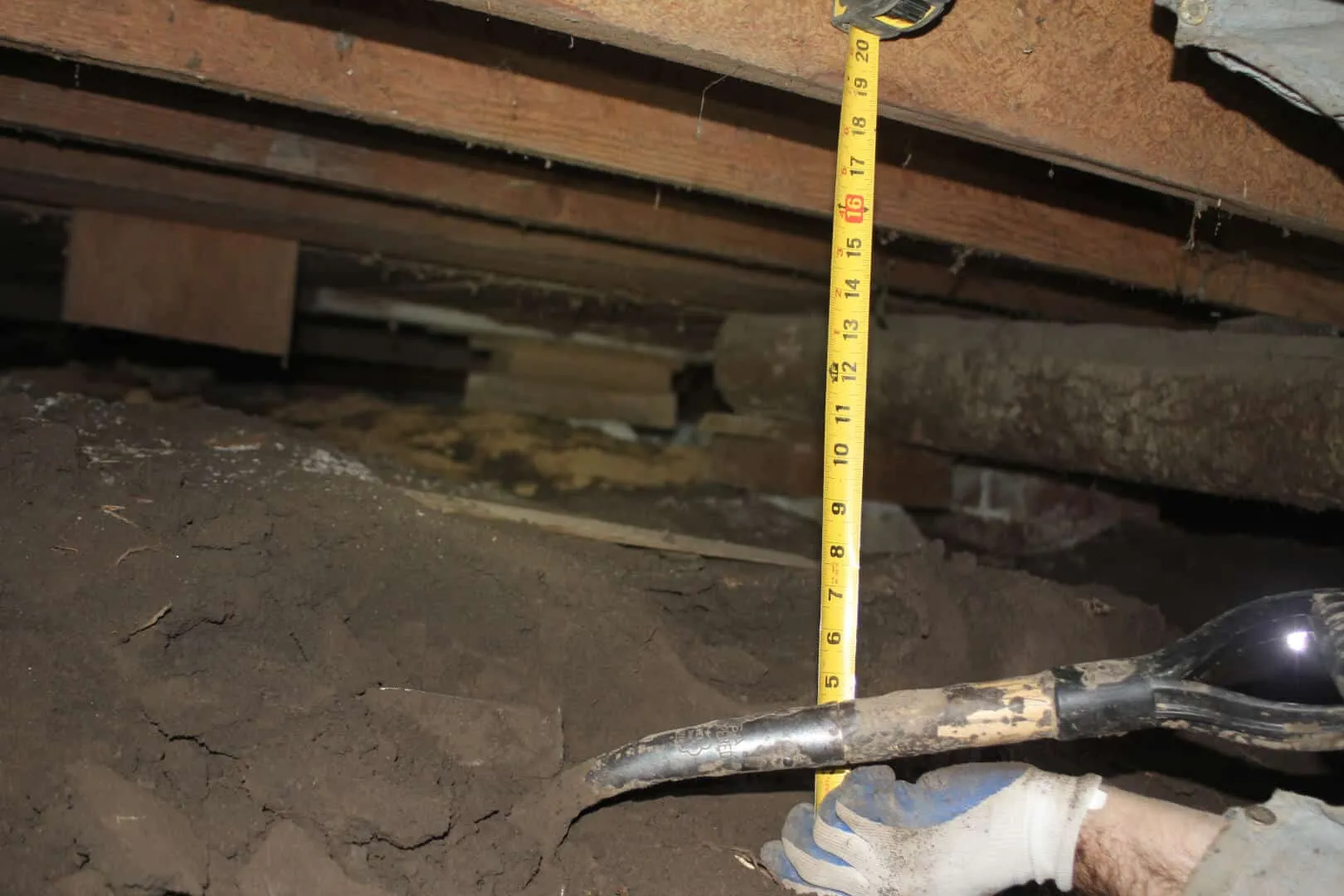
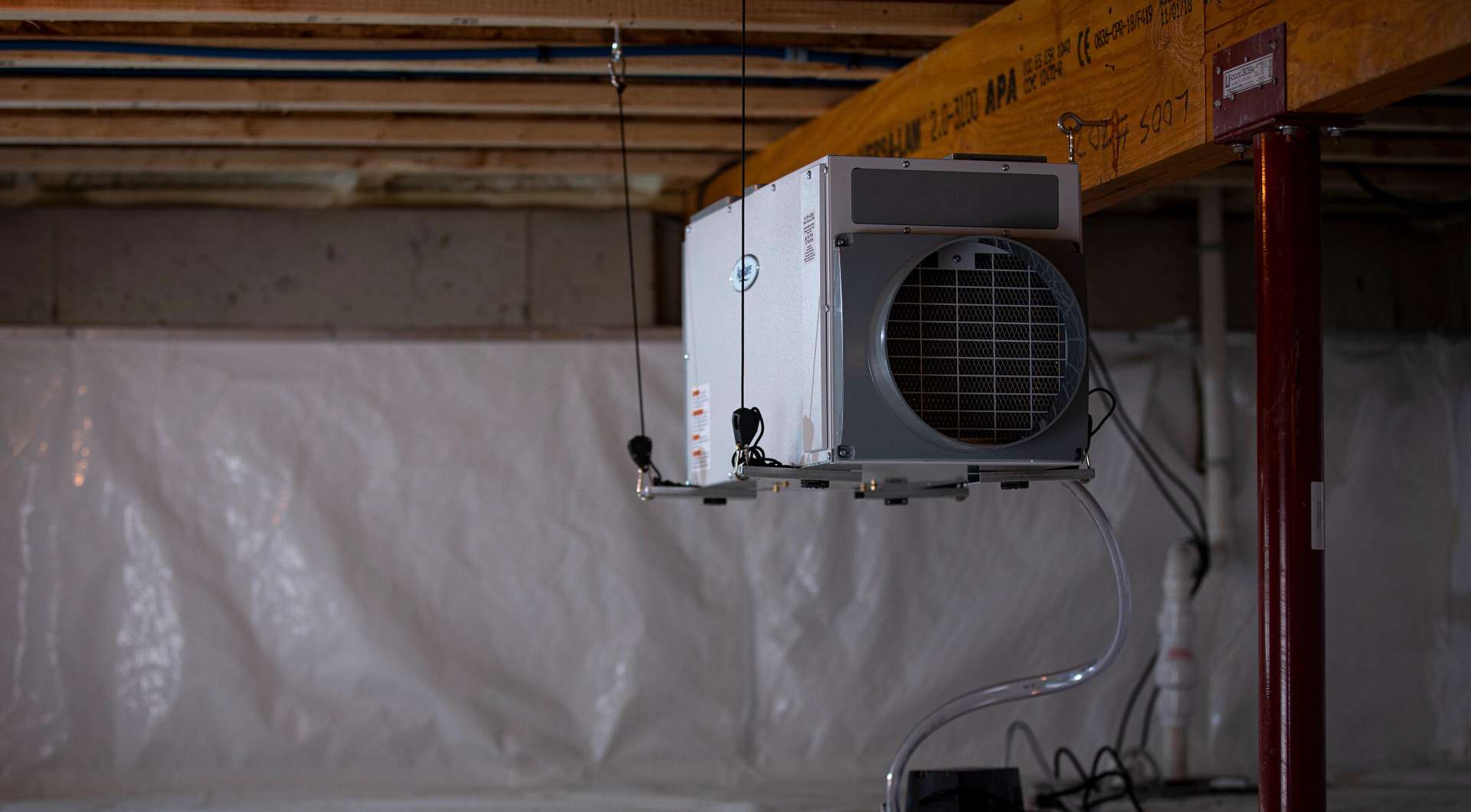
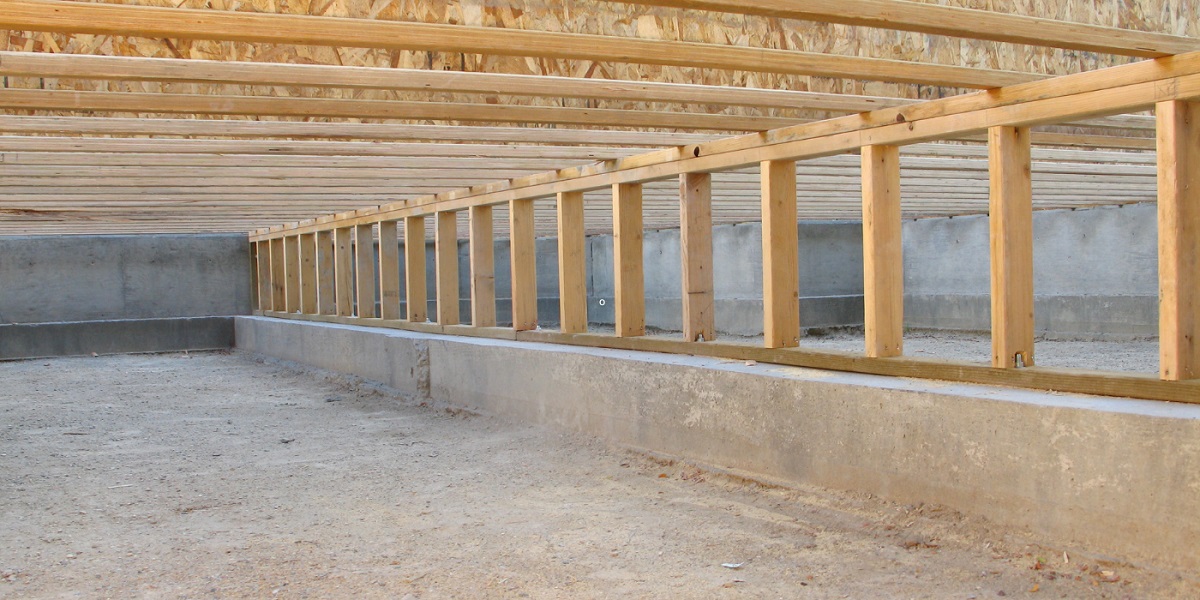
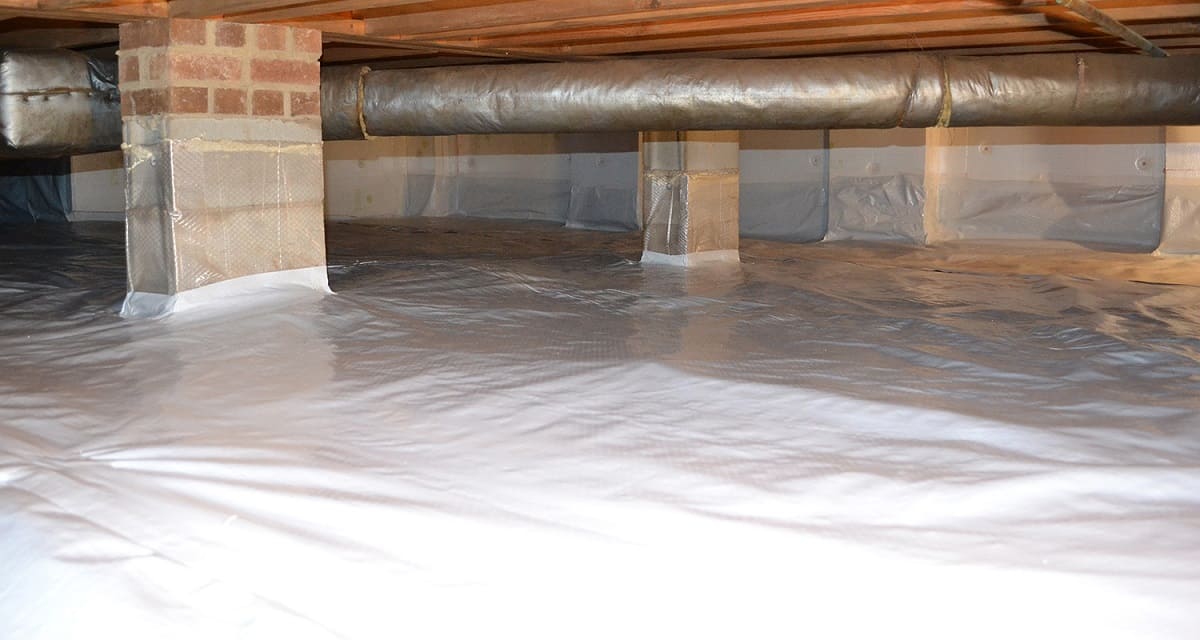
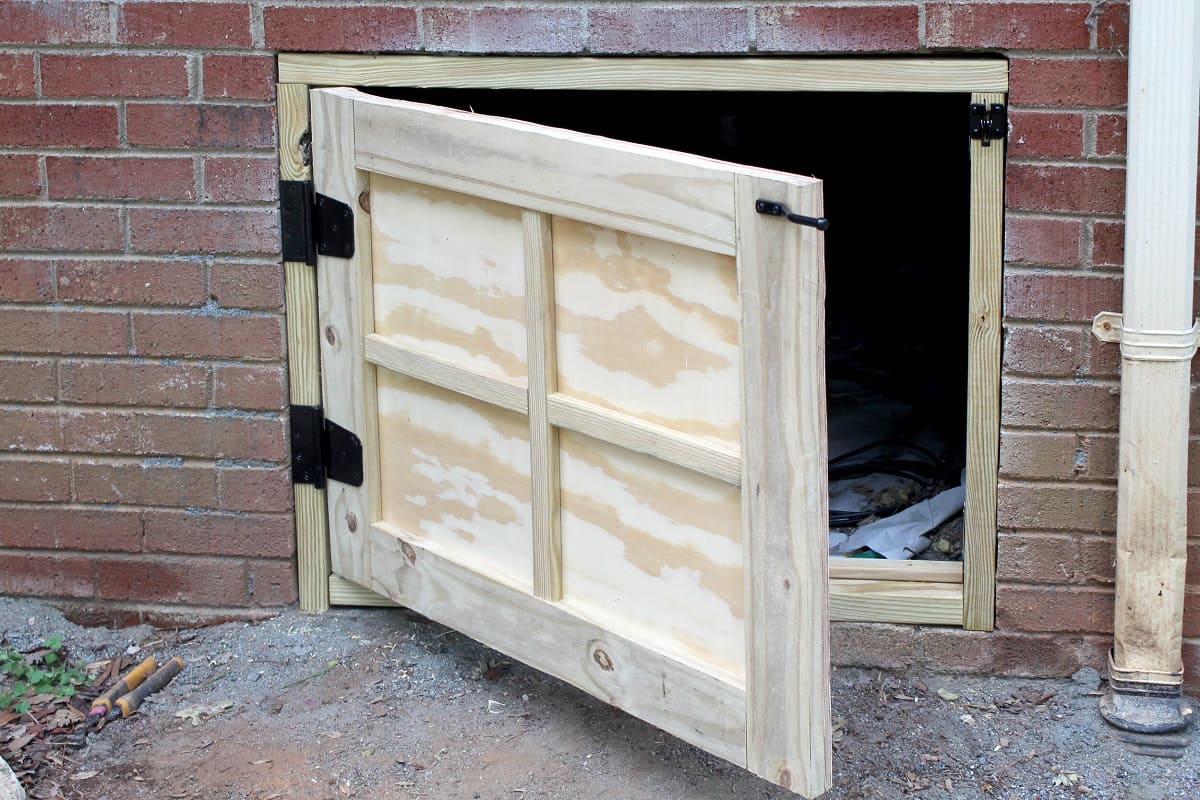
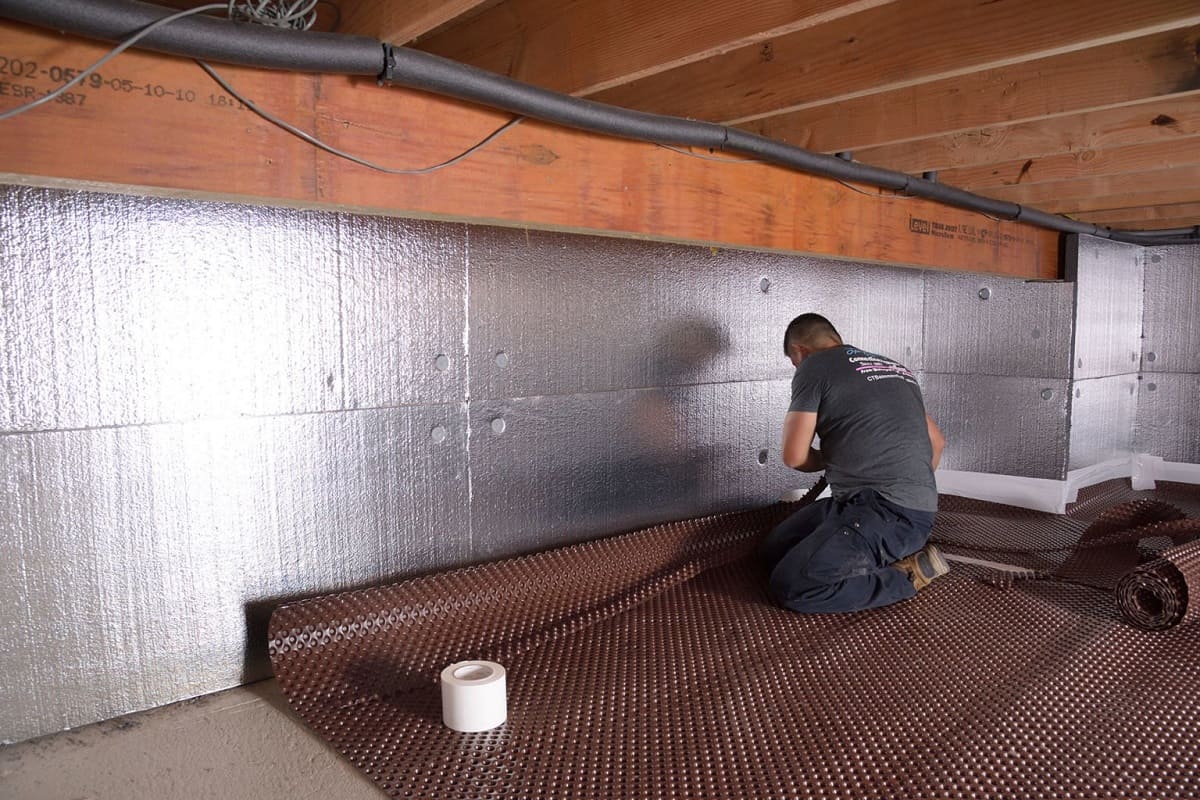
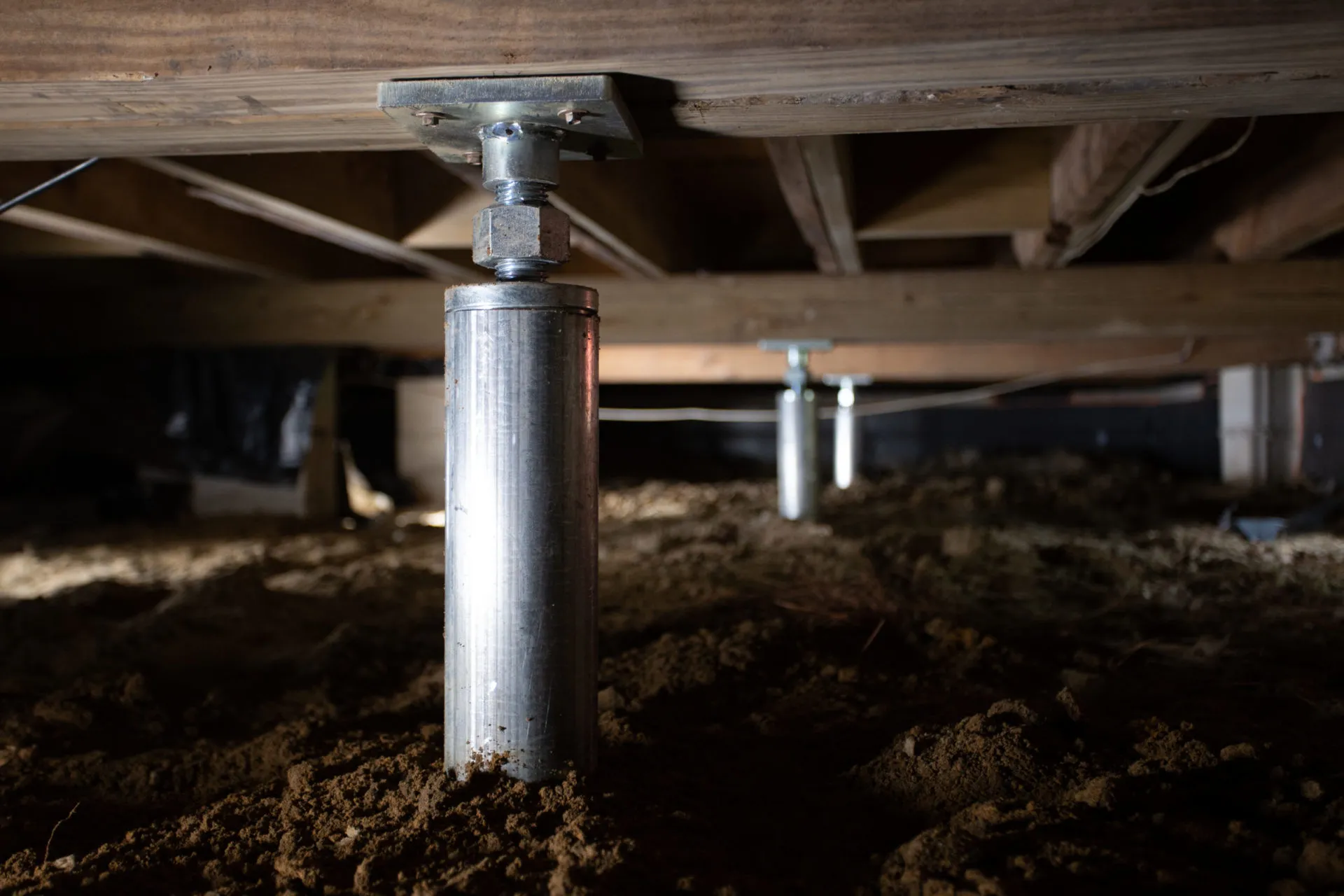
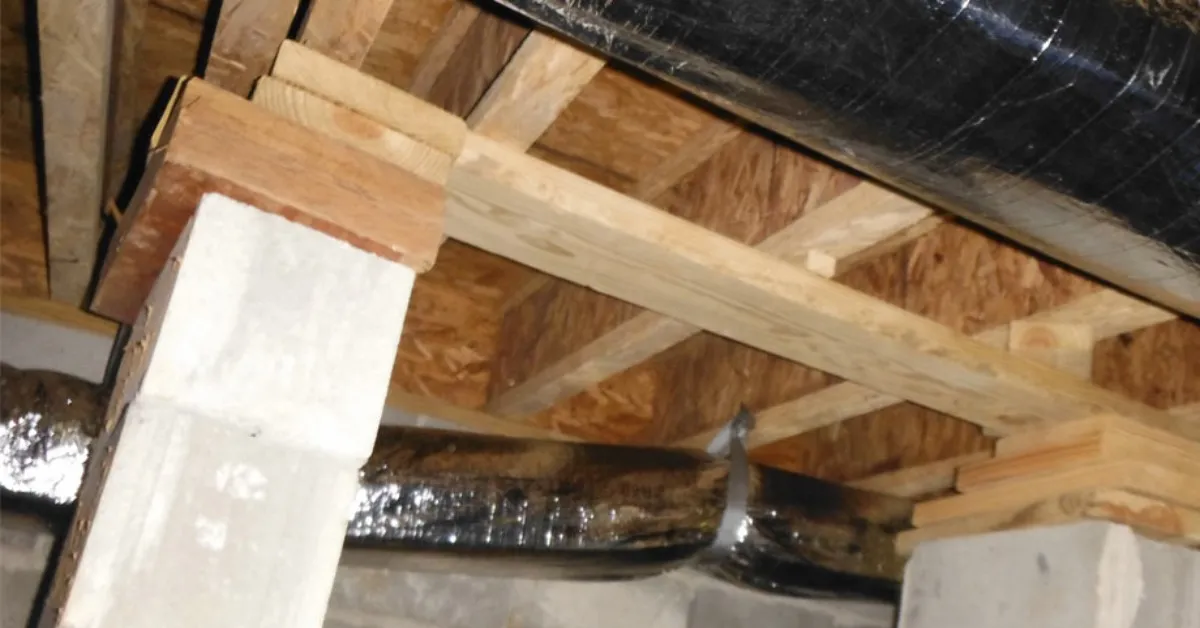
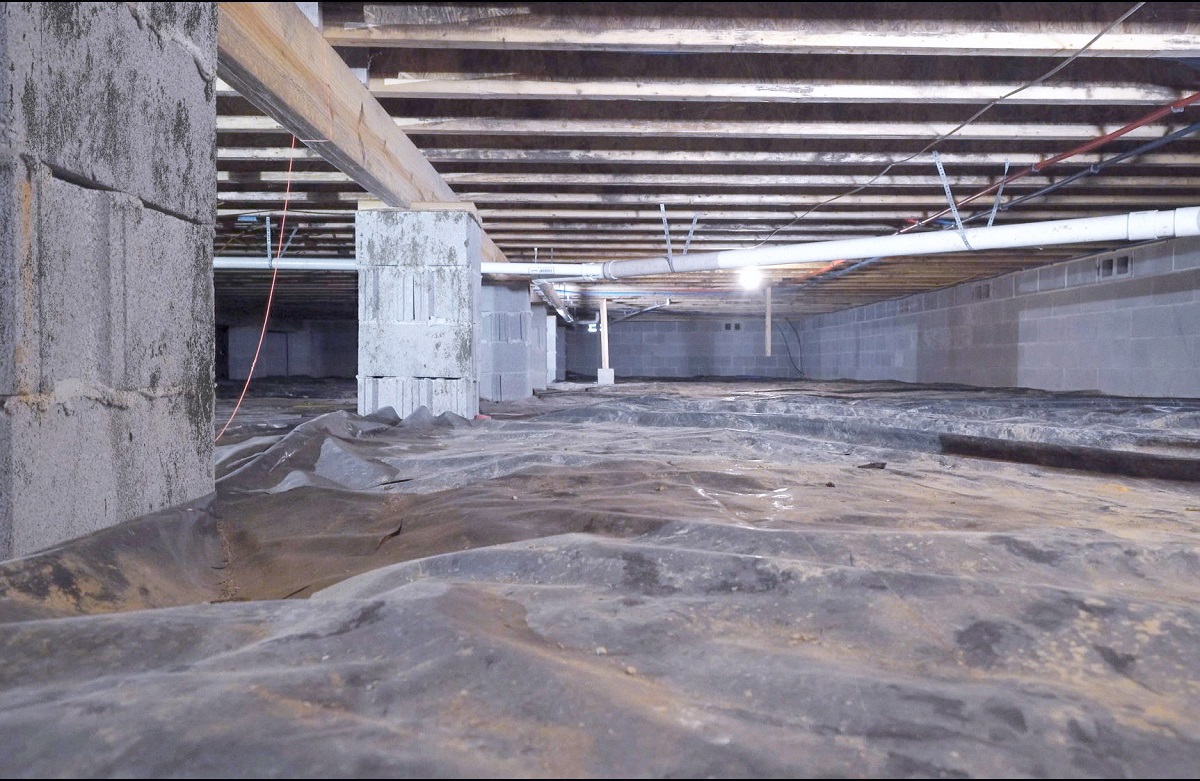

0 thoughts on “How To Close Vents In Crawl Space”